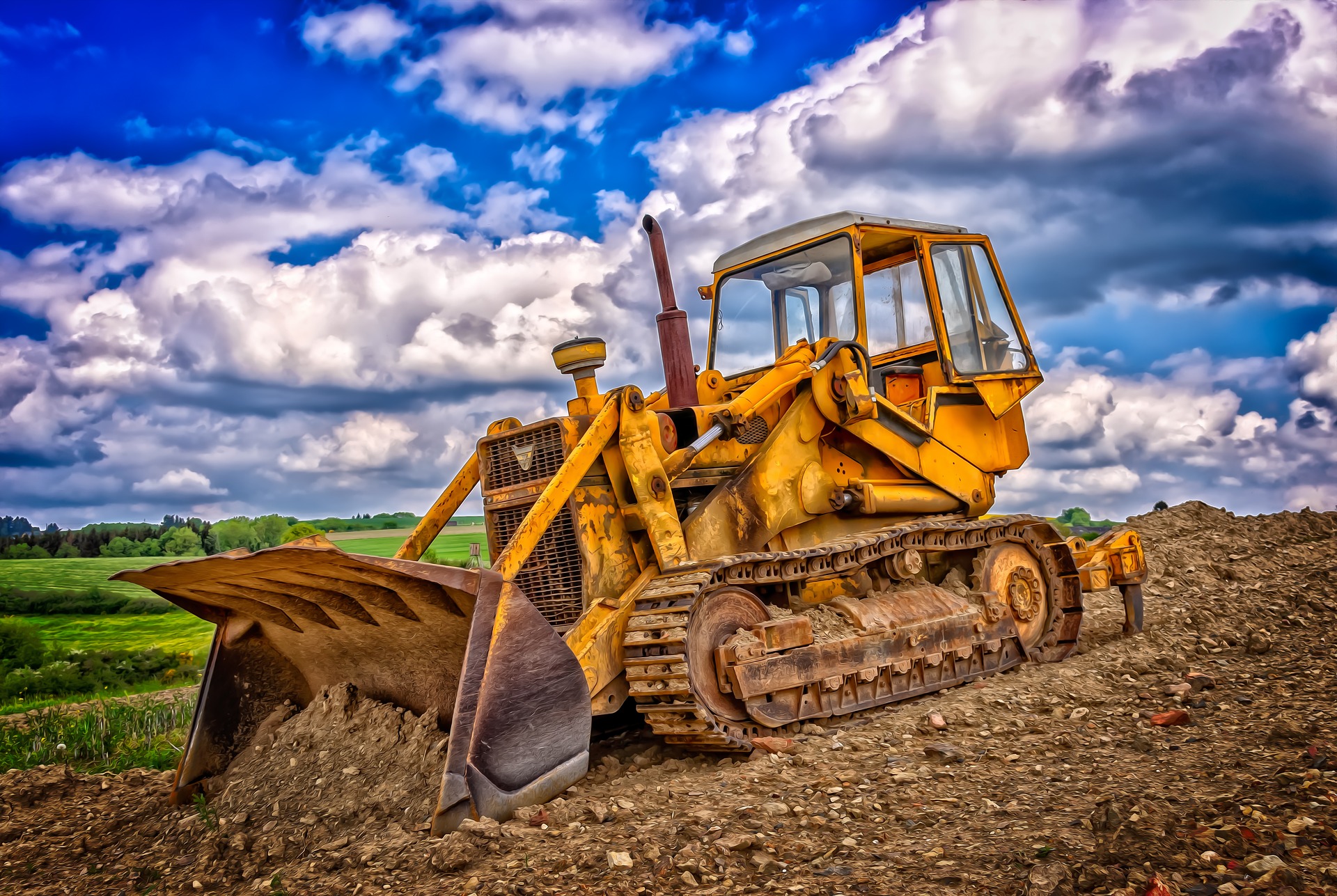In this episode, Justin Williams joins me again to provide the individual mineral owner’s perspective. We discuss the typical lifecycle of an oil and gas well and how long it takes from when they start breaking ground until you start getting paid royalties. Stay tuned until the end because I also answer some common questions that mineral owners often have.
Using the embedded player above, you can download the episode to your computer or listen to it here! Be sure to also subscribe on iTunes!
Before the Well is Drilled
- High-level planning to identify locations (business plan)
- Geologists & engineers work together to determine where wells should be drilled and how much oil & gas they think is present.
- They run an economic evaluation on acreage and prioritize where wells will be drilled first based on most favorable economics (cost vs. reserves) along with other considerations like surface access, pipeline access and capacity.
- Then they Identify specific well pad location, design/size, and objectives (how many wells might drill, any spacing trials, science, etc.)
- Engineers will develop the actual step-by-step drilling plan, completions plan, and design surface facilities based on expected flow rates, amongst other things.
- They also develop a plan that outlines the timing of key activities based on things like the availability of drilling rig and completions crews to actually do the work. They then schedule the work and then execute the plan.
Next, work is done in the field. There is often a parallel path between things like drilling and completing the well and offsite work like building gathering pipelines, compressor stations, and fabricating the surface equipment to be installed on the well pad.
Oil and Gas Well Lifecycle – How Long Does it Take?
Building the Well Pad:
- Select well pad location
- Obtain land clearances, permits, etc. (e.g. surface use agreement with surface landowner, apply for location permit from oil and gas commission)
- Get approvals, permits, etc. and build pad location
- Grade/level wellpad itself, install surface conductors (if applicable)
- Depending on how much earth work, road length, etc. can take up to 1-2 months to complete. Easy, flat loation adjacent to existing road vs. hilly mountainous terrain that requires a long access road to be built.
Drilling the Well:
- Typical Drilling Steps:
- Rig move to the pad, setup (2 days)
- Drill surface casing below aquifer level , stop work and cement casing into place to protect aquifer. They do this by lowering casing (pipe) into hole, pumping cement down entire length until it circulates back up on the outside of the casing all the way around between it and the rock. This seals off the space between the casing string and the wellbore to prevent anything from coming up the backside of the casing and contaminating any drinking water acquifers.
- Can take a total of 1-2 weeks to drill each well, depending on depth. Will drill vertically down to “pay zone” or target formation, then curve until bit is horizontal and drill horizontally in target formation for desired length.rill well or wells!
- The operator may drill multiple wells in order before moving out rig (batch drilling) or may just drill one well to hold the lease. Or might drill the initial vertical section with a smaller rig and then bring in bigger rig to drill horizontal sections.
- Rig move off the pad, transport to next location
Completing (and Frac’ing) the Wells
- May be a few days or a few weeks before wells are “completed” or “fracked”. Ideally company will schedule minimum delay between steps but sometimes schedule delays or issues can extend time before completions crew is available.
- Science and engineering goes into the completion design. Completion engineer works with service company to design how it is going to be done, how many stages, how much water, additives, proppant, etc. Will look at data from other recently completed wells in the area to try to optimize.
- Type of chemicals used? (e.g. guar gum which is in food we eat, gel water to suspend sand to deliver it to formation, biocides to kill any harmful bacteria in water).
- Steps Involved:
- Mobilize & setup frac equipment,
- Frac well or wells in order, 4-5 days per well
- Time on back end to demob frac crew
- Handover to operations
- Clean up well pad (surface)
- Clean up wells (flowback frac sand and water) – produce through temporary equipment to handle increased rates, etc.
- Put on to permanent facilities
Installing Surface Facilities and Pipelines (Usually Parallels Well Drilling & Completions Timeline)
- Select pipeline route (if applicable)
- Get land clearances, permits, right-of-way for pipelines
- Once approved, start building pipeline(s) (gathering pipeline, water pipelines. etc.)
- Build wellsite facilities (on the edge of wellpad, has separators, heater/treaters, meters (LACT), etc.)
- Tie-in wellpad facilities to gathering system
Producing Well Pad is Done!
Example Best Case Timeline – From Pad Build to Producing Oil & Gas:
- Build wellpad and roads – 4-8 weeks. For purposes of discussion, assume that they install flowlines and gathering pipeline connectors at the same time… Also assume that surface facilities are pre-fabricated and then installed
- Drill 1 well – Say 3 weeks (few days on either side to move rig in/out, 2 weeks to drill)
- Complete well – say 2 weeks (few days to setup on either end, 4-5 days to frac)
- If well doesn’t flow on its own, other eqiupment may need to be installed like beam pumping units (aka “pump jacks”). Might take another 1-2 weeks to complete final equipment installation.
Total Timeline: 10 – 15 weeks (2.5 to 4 months)
After the Well is Finished:
- Division Order (DO) title opinions before well comes online . Division order title opinion is a title opinion that tells the company who to pay royalties to and in what %. It lists each owner of an interest in production and that owner’s corresponding decimal interest, must add up to 100%
(If you want to find out more about Division Orders – check out our full episode on Division Orders and How to Calculate Your Net Revenue Interest)
- If there are title issues, the DO title opinion will list them and what needs to happen in order to cure
- Won’t get paid until these issues are fixed (suspense)
- Send division orders to royalty and working interest owners
- Setup new wells and facilities in company’s accounting system
- Setup new location with gas and oil marketers (if applicable)
- Start paying Mineral Owners!
Statutory Requirements
Some states have various statutory requirements about the timeframe in which operators must pay royalty owners. For example, in Texas:
Here are some specific items outlined in Texas Statutes: (Please follow link above to see the full text, the examples below provided for informational purposes only)
Section 91.402(a) and (f)
Initial Payment
- 120 Days after end of month of first sale [not from date of first production]
Ongoing Payments
- 60 days after end of calendar month in which oil production sold
- 90 days after end of calendar month in which gas production sold
Payments must be paid when the payment amount reaches $100, or
- If payments do not reach $100 within 12 months and are greater than $10, the aggregated amount must be paid.
- Amounts that do not aggregate to $10 must be paid upon the sale or plugging of the property or at the owner’s request.
- If an owner requests payment more frequently, only aggregate to $25.
If you have Royalty Questions:
- If you have questions about royalty check, make requests in writing. The operator usually must respond within a certain time frame: Again, for example in Texas:
Sec 91.404 NONPAYMENT OF OIL AND GAS PROCEEDS OR INTEREST.
(a) If a payee seeks relief for the failure of a payor to make timely payment of proceeds from the sale of oil or gas or an interest in oil or gas as required under Section 91.402 or 91.403 of this code, the payee must give the payor written notice by mail of that failure as a prerequisite to beginning judicial action against the payor for nonpayment.
(b) The payor has 30 days after receipt of the required notice from the payee in which to pay the proceeds due, or to respond by stating in writing a reasonable cause for nonpayment.
(c) A payee has a cause of action for nonpayment of oil or gas proceeds or interest on those proceeds as required in Section 91.402 or 91.403 of this code in any court of competent jurisdiction in the county in which the oil or gas well is located.
Section 91.504 PROVIDING INFORMATION ABOUT PAYMENT DEDUCTIONS AND ADJUSTMENTS, HEATING VALUE, OR LEASE IDENTIFICATION.
Requests sent by certified mail for information regarding itemized deductions, adjustments, the heating value of gas, or the Railroad Commission of Texas identification number for the lease, property, or well must be responded to within 60 days of receipt of the request.
Section 91.505 PROVIDING OTHER INFORMATION
If a royalty interest owner requests information or answers to questions concerning a payment made pursuant to this subchapter, other than information requested under Section 91.504, and the request is made by certified mail, the payor must respond to the request by certified mail not later than 30 days after the request is received. Additional requests sent by certified mail for information not covered by Section 91.504 must be responded to within 30 days of receipt of request.
Common Questions
We close out this episode with Justin asking me a few common questions:
- I see multiple permits in my tract of land. Does this mean eventually that many wells will be drilled?
- You hear operators talk about drilling multiple times from a single pad, what is this and why is it done?
- I was seeking someone to lease my property, the company said they don’t have leasehold in the area, what does this mean?
- I’ve received a division order but haven’t received a check for several months. Did something happen with the well?
- I’ve received a royalty check, but that production information from the commission is incorrect?
- The operator has told me they have plans to “shut-in” the well. Why does an operator do this?
- How does a pooling/unitization agreement effect mineral right owners and what purpose does it serve for the operators?
Thanks for Listening!
To share Your Thoughts:
- Leave a comment or question below (we read each one and your question may be featured in a future episode)!
- Ask a question or leave us feedback via email or voicemail: (720) 580-2088.
To help out the show:
- Leave an honest review on iTunes – we read each one and greatly appreciate it. Plus, you can get a shout out on a future episode!
- Subscribe on iTunes
Thanks again to Justin Williams for joining me. Until next time!
Want the inside scoop?
Want more tips and information like this? Our email content is full of value, void of hype, tailored to your interests whenever possible, and always free.




